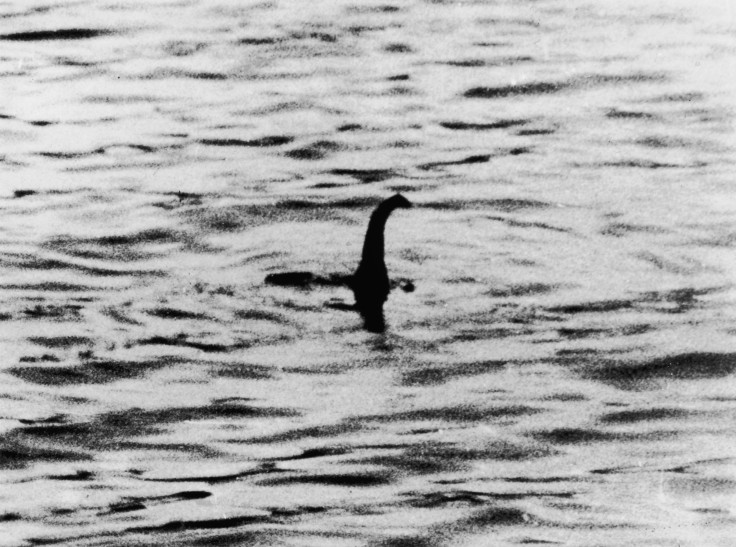‘Loch Ness Monster’ Mystery Could Finally Be Solved With New Expedition

For thousands of years, the legend of monster “Nessie,” a long-necked dinosaur-like creature surviving from prehistoric times in the freshwaters of Loch Ness, Scotland, has been doing the rounds.
Some people believe in the existence of the animal, while others think it is nothing but a creation of human imagination. There is no evidence, except for a few debatable images, sonar readings and over 1,000 claimed sightings, to confirm if the legendary "Nessie exists," but every year thousands of people visit the region hoping to catch a glimpse of the mysterious creature.
The mystery, one of the greatest in the world, still remains unsolved, but a new expedition launched by an international team of scientists could finally find the answer we all have been looking for. Led by University of Otago’s Neil Gemmell, the group has taken up the ambitious task of cataloging all the life present in the murky waters of the loch.
A few months from now, the researchers will take a dip into the dark, mysterious lake to sample environment DNA (eDNA) samples from the waters. “Whenever a creature moves through its environment, it leaves behind tiny fragments of DNA from skin, scales, feathers, fur, feces and urine,” Gemmell said in a statement.
“This DNA can be captured, sequenced and then used to identify that creature by comparing the sequence obtained to large databases of known genetic sequences from 100,000’s of different organisms," the researcher added. “If an exact match can’t be found we can generally figure out where on the tree of life that sequence fits.”
The effort will help them create a list, which they will compare with all the life thriving in other lochs in the region to see what’s different at Loch Ness. Though Gemmell said he is open-minded regarding what they might find in the lake, he also noted that he’ll be surprised if any DNA evidence sampled from the waters looks related to a large extinct marine reptile in any way.
“Large fish like catfish and sturgeons, have been suggested as possible explanations for the monster myth, and we can very much test that idea and others,” he noted. Theoretically, if any creature like those suggested exists in reality, they should find some biological remnants of its presence.
The mythical monster is the spotlight of the upcoming expedition, but it won’t be the only thing that the researchers are hoping to find. The group hopes to document new species of bacteria and other forms of life in the waters while learning more about many native as well as new invasive species recently discovered in the loch such as the Pacific pink salmon. “While the prospect of looking for evidence of the Loch Ness monster is the hook to this project, there is an extraordinary amount of new knowledge that we will gain from the work about organisms that inhabit Loch Ness — the U.K.’s largest freshwater body.”
© Copyright IBTimes 2025. All rights reserved.





















